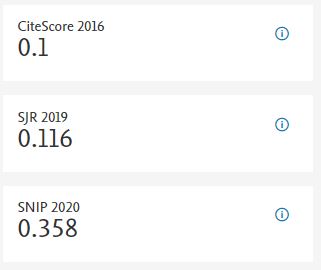Mainstreaming Climate Change Action in Urban System in India
Abstract
The world's climate is changing as a result of greenhouse gas emissions caused by humans. Changes in weather patterns, brought on by higher amounts of heat trapped in the atmosphere are affecting temperatures, sea levels, and the frequency of storms. This will have an effect on cities and other metropolitan areas, especially those near the coast. How cities are managed to address their growing vulnerability and development is critical in this context. Because there are more people, resources, and infrastructure in urban areas, these areas are predicted to suffer the most from climate change. Every city faces difficulties with managing catastrophic risk, the effects of climate change, and sustainable development. Urban development requires consideration of disaster risk reduction and the battle against global warming as essential components for managing urban areas, their growth, and spatial design. Climate change will cause disasters to occur in cities more frequently. Managing catastrophic risks effectively is essential to adapting to climate change. As a result of climate change, local governments and their allies will have to cooperate to manage an environment that is more invasive and changing. Encouraging civic engagement, technology improvements, and patterns of urban expansion are all important factors in explaining how urban populations act in ways that worsen climate change and increase their susceptibility to disasters. With these challenges incorporated into policy and practise, a sectoral approach to climate change is giving way to a holistic one. In order to lower the risk of disaster and fight climate change, coordinated international cooperation and city partnerships are required. In light of this, the current paper looks at how climate change adaptation is becoming more mainstreaming in urban system and explores opportunities for India to fully utilise the potential of circular economy. The primary sources of data for the paper are relevant literature and secondary data.














